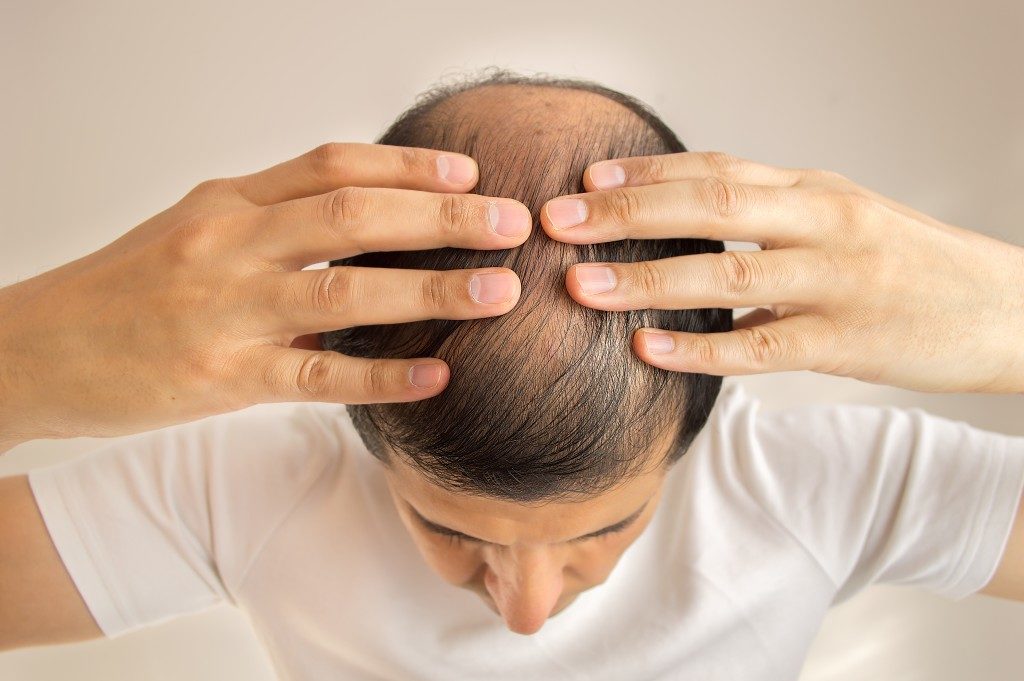The beauty industry does not focus on women only. Men of modern society are now paying more attention to how they look. They spend more money on their physical appearance.
Hair loss is one of the greatest worries for most men in the United States. According to the American Hair Loss Association, over 20% of men suffer from hair loss in varying degrees by the time they reach 21 years of age. This percentage increases to 60% when they hit the age of 35. By the time they reach 50 years old, 85% of men have significantly thinner hair. Luckily, an innovative procedure called scalp micropigmentation was introduced in 2002.
What Is Scalp Micropigmentation?
Scalp micropigmentation or scalp tattooing is the process of replicating the look of short hair follicles or closely shaven hair by applying thousands of tiny dots of pigments into the affected areas of the scalp. The procedure usually requires two to four sessions, each lasting for an hour or so. It is one of the fastest and most effective non-invasive hair loss solutions.
The scalp micropigmentation industry has taken off with a number of new providers entering the market, more micropigmentation training opening up in many states such as Nevada, and the demand rising along with the popularity. Experts predict that the trend will continue for the next 10 years.
What Are the Benefits of Scalp Micropigmentation?
A number of hair restoration treatments are available, but not a lot of them work. Aside from being the only permanent solution to hair loss on the market, the process of scalp micropigmentation has numerous other advantages to offer:
Cost-effective
Most people prefer this treatment because it is reliable and cost-effective. Generally, the average price for a single treatment falls between $1,800 to $3,200, depending on the situation of the baldness. The entire procedure costs significantly lesser compared to other options such as hair transplant surgeries and other drug-based solutions.
Few to No Side Effects

Like any other permanent makeup procedures, scalp micropigmentation carry similar risks such as allergic reactions, which can be caused by certain components in the pigment used. It is for this reason that due diligence should be done while researching for a reliable practitioner. Provided that the clients strictly adhere to post-procedure instructions following each session, this treatment should have no other side effects aside from tenderness.
Fast Procedure and Healing Time
The entire process typically takes an hour or so per session, depending on the degree of hair loss. But this should never be considered a one-treatment process. Clients can expect the entire process to end after two to four sessions, with each session usually spaced about 10 to 20 days apart. The procedure is also non-invasive, so there is no required downtime after each treatment.
Low-maintenance
While this may be stating the obvious, the procedure does not result in real hair growth. There is no need for any expensive hair products to maintain the pigmented area.
Scalp micropigmentation is a form of permanent cosmetics. It will last for years, but it will require maintenance touch-ups, with the frequency depending on a variety of factors. On average, touch-ups may be needed after three to seven years. With the number of benefits it provides, no wonder that scalp micropigmentation has quickly become the most sought-after treatment method to correct hair loss and restore confidence.

